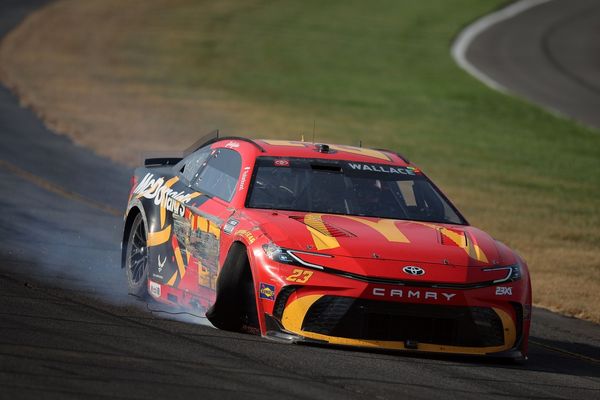
After successful launch of Central Public Sector Enterprises (CPSE) exchange-traded fund (ETF) in May 2014 and two subsequent follow-on offers in February and March 2017 worth roughly Rs11,500 crore, the government is divesting shares of another set of companies. It has appointed ICICI Prudential Asset Management Co. Ltd as the fund manager and the new scheme is Bharat 22 ETF (B22 ETF).
What is it?
B22 ETF will hold shares of 22 companies. Rather than divesting its stake individually, it has chosen the ETF route. The money in B22 ETF will be transferred to the government and an equivalent value of shares of these 22 companies will be transferred to the fund.
The S&P BSE Bharat 22 index has been specially created to track the basket’s performance. The index will comprise shares of the 22 companies in B22 ETF. No individual stock in the index—and thereby B22 ETF—will be more than 15% of the index and no sector more than 20%.
What works...
Although B22 ETF is different from CPSE ETF, comparisons are inevitable. B22 ETF scores over CPSE ETF on a few counts. First, it is more diversified. CPSE ETF had just 10 stocks. Nearly 60% of CPSE ETF’s holdings are in the energy sector. B22 ETF also has three private sector firms—Larsen & Tourbo Ltd, ITC Ltd and Axis Bank Ltd, where the government holds stakes. B22 ETF’s expense ratio is just 0.0095% every year, for a period of 3 years. After that it can change. CPSE ETF’s expense ratio is 6 basis points. This means, a Rs10,000 investment will result in a cost per year of 0.95 paisa in B22 ETF. One basis point is one-hundredth of a percentage point.
This is a large-cap fund and has a closer relation to the broader indices than the CPSE ETF mainly on account of the fact that the three largest holdings in B22 ETF are also part of the mainstream indices, so movements in those indices will better reflect in B22 ETF than in the CPSE ETF.
...What doesn’t
When CPSE ETF was launched, the government had made it attractive with a discount and bonus units. B22 ETF offers a lesser discount and no loyalty bonus units.
The government will transfer the shares to B22 ETF—and thereby the investor—at a discount of 3%. This was 5% when the first tranche of CPSE ETF was launched in May 2014. The first and main offering of CPSE ETF had offered one bonus unit for every 15 units held to those who remained invested for a year since the new fund offer (NFO).
Mint Money take
Since its inception, CPSE ETF has returned 20%—against an average of 27% by large-cap funds and an average of 31.7% by multi-cap funds. In 2016, when S&P BSE Sensex returned 2%, large-cap and multi-cap funds had returned 4.5% and 5.1% respectively, CPSE ETF returned 17.4%. Like with CPSE ETF, expect bouts of volatility in B22 ETF as both are thematic funds. But the presence of three large private-sector companies helps.
This is not a scheme for beginners. But if your core mutual funds portfolio is adequately diversified, you can look at it. It doesn’t carry a lock-in and capital gains, if any, after 1 year are tax-free. If you buy it, we suggest you hold on for at least 3 years for the government policies to be implemented, especially in sectors that this fund invests in. Remember, to earn the discount of 3%, you need to invest in the NFO period.








